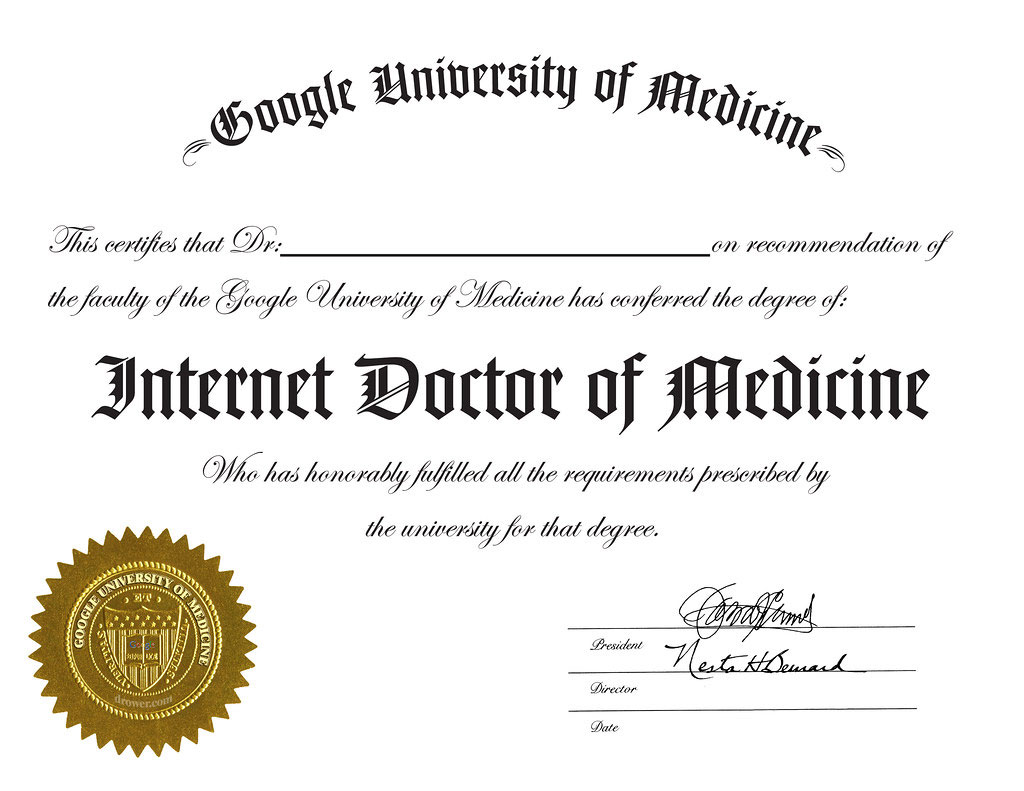Posts Tagged ‘second opinion’
Physical Therapy telehealth lessons learned mistakes made
My perception of my abilities in providing telehealth video conferencing Physical Therapy or Physical Therapy service online follows the Dunning-Kruger effect. The Dunning-Krueger effect is a process of overestimating and underestimating our abilities and competence. When I began offering telehealth Physical Therapy in 2017, I initially overestimated my abilities. Over the past seven years, I…
Read MoreCatch 22 – Underutilization of 2D Slow-Motion Video Analysis
Why is there low utilization of 2D slow motion video analysis of movement by Physical Therapists? There are many advantages for using 2D slow-motion video analysis for management of movement disorders including increased accuracy of diagnosing movement impairments; improved communication with patients and healthcare team; increased engagement of the patient; and improved understanding of movement…
Read MoreHome based Physical Therapy Services – unique benefits of observing real-world issues
Traditionally physical therapy services provided at a person’s home occurs when the individual was “homebound.” According to Medicare regulations homebound is the patient requires assistance to leave home and that when they do, it requires a considerable, tasking effort. This is no longer the case. You do not need to be considered home-bound to receive…
Read MoreDiagnostic imaging pros & cons – be careful what you ask for
There are many reasons to request a diagnostic image such as a radiograph (X-ray), MRI, sonogram (ultrasound), and CT scan. They are to diagnosis a pathology/trauma; determine treatment options; screen for contraindications; biomechanical analysis; provide reassurance; medical legal reasons; and financial gain for the healthcare provider. Requests for diagnostic imaging must come from a licensed…
Read MoreNew developments in joint replacement surgery & rehabilitation
The use of joint replacement surgery for hip and knee pain has evolved greatly since I started my Physical Therapy career many years ago. Joint replacement is occurring in younger individuals Younger individuals are having joint replacement surgery. Data from 2000 to 2009 for individuals from 45 to 64 years old there was a 188%…
Read MoreWhat do you do when Dr. Google isn’t cutting it?
Searching for information online for personal health and medical issues has become commonplace. Estimates are more than 1/3 of persons in the U.S. use the internet for information on their symptoms. More than 60% of US adults have searched online for information during the past year according to the Pew Research Center. There is a…
Read MoreOrthopedic post-surgical protocols & Physical Therapy
If you have the misfortune of needing to have an elective orthopedic surgery, you will likely be referred to Physical Therapy following the surgery. You will likely follow a post –surgical rehabilitation protocol. Orthopedic surgeons and Physical Therapist have developed standard protocols for each surgical diagnosis or surgical procedure. The protocol will outline the step…
Read MoreSecond Opinion Physical Therapist
Getting and providing second opinions regarding medical care is a common practice. Getting and providing second opinions from a physical therapist is a less common practice, but why? Decisions regarding healthcare can by very important. There are times and situations when getting a second opinion regarding healthcare advice are a prudent action. Studies have shown…
Read MoreActive Therapies – Passive Therapies – Responsibility
Passive therapy is when something is done to you. Passive treatment implies lack of participation from the individual receiving the therapy intervention Examples of passive physical therapies include massage, manipulation, acupuncture, dry needling, traction, ultrasound, electrical nerve stimulation, laser, ice packs, and hot packs. Passive therapy always requires another person to apply the treatment. Passive…
Read MoreRunning Injury – Asking better questions – Socratic Method
As a clinician and as a participant in internet discussion forums related to running injuries I have the opportunity to observe and respond to questions. The questions asked by individuals who are striving to solve repetitive use injuries are varied, in terms of type of questions and the degree of sophistication of the questions. Many…
Read More









